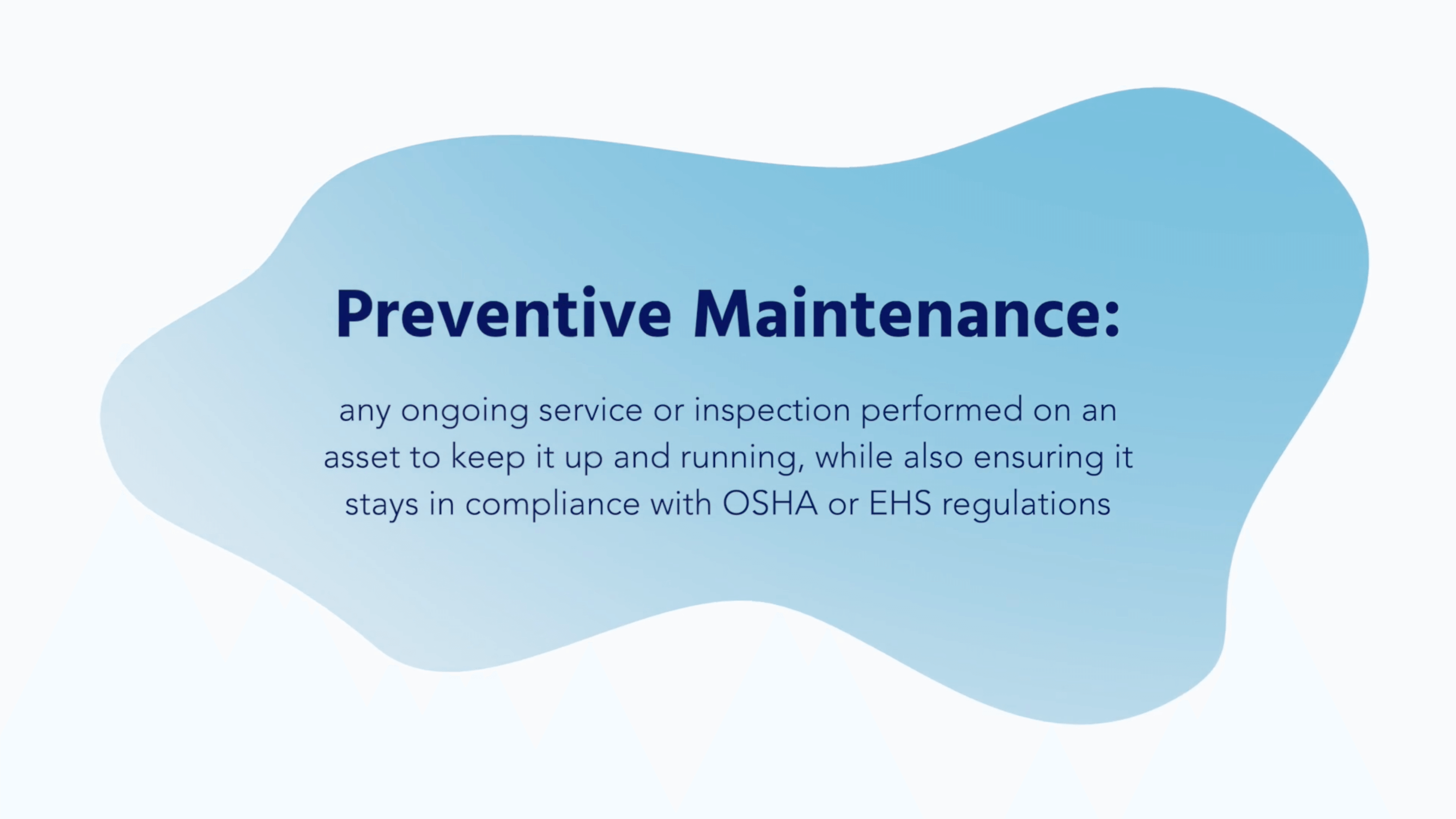
How to maintain preventative maintenance that is efficient and cost-effective
- by PLC
- Apr 15, 2023
How to maintain preventative maintenance that is efficient and cost-effective
A proactive strategy to maintaining equipment or systems in order to avoid failures or breakdowns, decrease downtime, prolong their lifetime, and reduce total maintenance costs is referred to as cost-effective preventive maintenance (or simply preventative maintenance). The following are some suggestions for doing preventative maintenance in a way that minimises costs:
- Create a maintenance schedule: that covers everything: Develop a comprehensive plan for maintenance that consists of a timetable for doing routine inspections, checks, and maintenance chores in accordance with the instructions of the manufacturer or the best practises in the industry. This makes it easier for you to keep organised, prioritise maintenance chores, and avoid doing maintenance that is either unneeded or reactive.
- Carry out routine inspections: Routine inspections enable you to spot possible problems or places that need repair before they develop into severe difficulties. Do a thorough inspection of the system or equipment, looking for any irregularities such as evidence of wear and tear, corrosion, leaks, loose connections, and so on. The early discovery and prompt action of potential problems may avert expensive repairs or replacements.
- Adopt condition-based maintenance: Condition-based maintenance is monitoring the performance and condition of equipment or systems in real-time using sensors, metres, or other monitoring instruments. This kind of maintenance is also known as predictive maintenance. This gives you the ability to recognise possible problems or abnormalities and do maintenance only when it is really required, as opposed to adhering to a predetermined plan. This has the potential to optimise maintenance efforts and save expenses associated with unneeded maintenance.
- Educate and empower your maintenance team: Properly trained and empowered maintenance employees may play a significant role in cost-effective preventive maintenance. This role includes the identification and resolution of potential problems before they become costly breakdowns. Invest in training and development programmes for your maintenance personnel to ensure that they have the essential skills and information to efficiently carry out maintenance activities. Giving them the authority to make judgements and act on those decisions based on their knowledge and observations may help reduce the likelihood of expensive errors or delays being made.
- Use high-quality components and materials The utilisation of high-quality components and materials throughout the maintenance process may have a significant influence on the efficiency and durability of the preventative maintenance. The use of counterfeit or low-quality components may result in earlier equipment failures, longer periods of downtime, and higher overall maintenance expenses. Investing in authentic components and materials from from reputable vendors will assure the highest level of performance and dependability.
- Preserve correct records of maintenance: When you maintain accurate records of all maintenance operations, including inspections, repairs, and replacements, you are able to follow the history of maintenance, see trends, and make choices based on facts. This may assist you in optimising maintenance schedules, identifying problems that keep occurring, and improving the efficacy of maintenance.
- Establish priorities for the most important pieces of equipment or systems Not all pieces of equipment or systems have the same degree of criticality. Determine which pieces of vital equipment or systems have a direct effect on productivity, safety, or customer service, and then rank them in order of importance. Ensure that these essential assets get the required preventative maintenance by allocating more resources and focusing more attention on them. This will help reduce the likelihood of breakdowns and expensive downtime.
- Processes of maintenance should be reviewed and optimised on a regular basis. You should continually examine and optimise your preventative maintenance procedures in order to find areas that might be improved. Get input from your maintenance crew, keep an eye on key performance indicators (KPIs), and compare your operations against the best practises in the industry. While trying to make preventative maintenance more cost-effective, it is important to look for possibilities to simplify procedures, cut down on waste, and maximise resource allocation.
Conclusion: You may adopt preventative maintenance procedures that are cost-effective by following these guidelines. These practises can help you avoid unexpected failures, increase the lifetime of your equipment or systems, decrease downtime, and reduce total maintenance costs. It is important to keep in mind that preventative maintenance is an investment that may provide considerable returns by minimising the occurrence of expensive breakdowns and enhancing the level of dependability and performance of your assets.












